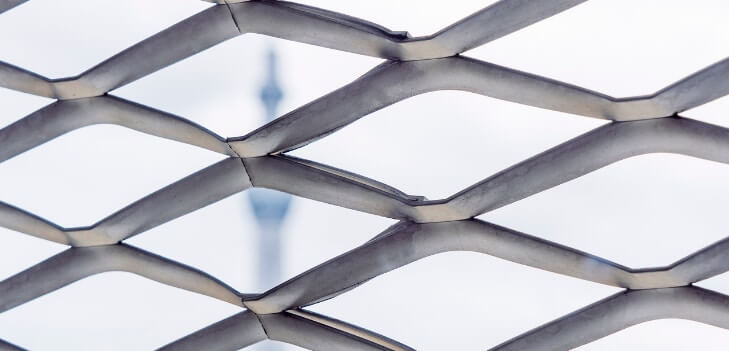Understanding Drainboard Foundation Waterproofing A Comprehensive Guide
Foundation waterproofing is a crucial aspect of building construction that ensures the longevity and stability of a structure. Among various methods of waterproofing, the use of drainboard systems is gaining popularity for its effectiveness in preventing water infiltration. This article explores the significance, functionality, and installation process of drainboard foundation waterproofing.
At the outset, it's essential to understand the purpose of drainboard systems. These systems are specifically designed to redirect water away from the foundation walls, minimizing the chances of water seepage and structural damage. The primary components of a drainboard system include a drainage board, a waterproof membrane, and perforated drain pipes. Together, these elements create a reliable defense against water intrusion.
The drainboard itself is typically made of a high-density polyethylene material with built-in dimples that create a gap between the board and the foundation. This gap allows water to flow down the surface of the board and into the drainage system, preventing it from pooling against the foundation walls. The waterproof membrane, which is applied to the foundation, serves as an additional barrier, ensuring that moisture does not penetrate the concrete.
drainboard foundation waterproofing

One of the key advantages of using drainboard systems is their ability to effectively manage groundwater and runoff. In areas with high water tables or heavy rainfall, these systems play a critical role in preserving the integrity of the building. By employing a perforated drain pipe at the base of the system, water can be channeled away from the foundation and discharged into a suitable drainage area, further reducing the risk of flooding.
Installation of a drainboard waterproofing system requires meticulous attention to detail. The process begins with excavating the area around the foundation to expose the walls. Once exposed, the foundation walls are cleaned and inspected for any cracks or damage that may need to be repaired. Following this, a waterproof membrane is applied to the walls, ensuring complete coverage.
Next, the drainboard is installed vertically against the foundation, with the dimples facing outward to facilitate water flow. The perforated drain pipe is then placed at the bottom, ensuring that any collected water is effectively managed. Finally, the excavated area is backfilled with gravel or other suitable materials to promote drainage while providing protection to the installed system.
In conclusion, drainboard foundation waterproofing is an essential aspect of ensuring a structure's durability and resistance to water damage. By effectively redirecting water away from the foundation, this system safeguards buildings from potential flooding and moisture-related issues. For homeowners and builders alike, investing in a well-designed drainboard waterproofing system is a proactive measure that undoubtedly pays off in the long run by preserving the integrity and value of the property. Whether you're constructing a new building or renovating an existing one, understanding and implementing proper waterproofing techniques is vital to achieving a stable and secure foundation.
-
Why Galvanized Trench Cover Steel Grating Resists Corrosion
NewsJul.10,2025
-
The Versatility and Strength of Stainless Expanded Metal Mesh
NewsJul.10,2025
-
Load Calculations in Steel Grating Platforms
NewsJul.10,2025
-
Keeping Pets and Kids Safe with Chicken Wire Deck Railing
NewsJul.10,2025
-
Hole Diameter and Pitch for Round Perforated Metal Sheets
NewsJul.10,2025
-
Aluminium Diamond Mesh in Modern Architecture
NewsJul.10,2025
Subscribe now!
Stay up to date with the latest on Fry Steeland industry news.

